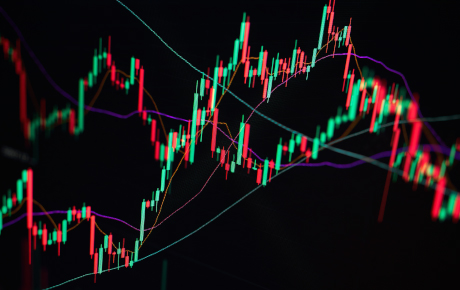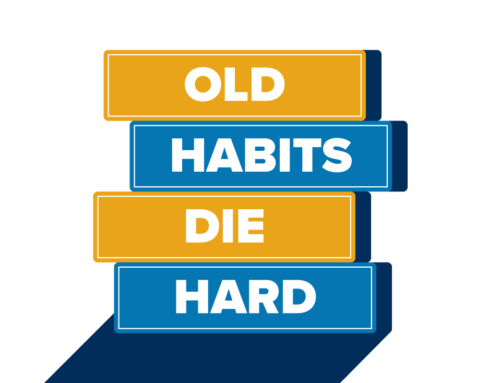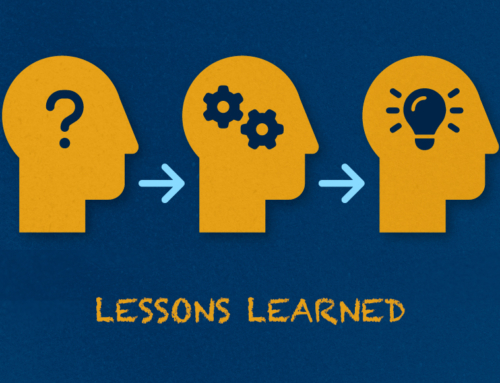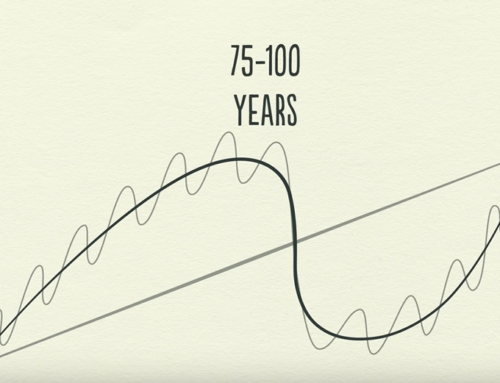Nowcasting
by Abe Sherman – CEO, BIG – Buyers Intelligence Group
November 8, 2022
Ah, the elusive forecasting model – let’s predict future revenue based on prior results and current trends. There are different uses of the term forecasting. I attended a meeting recently where the presenter was explaining their method for forecasting but wound up speaking about demand planning – at the styles level, based on how many of an item sold over a previous time period. Demand planning for styles is a good practice, but forecasting is largely guesswork. Get it wrong and you will be over-inventoried, over-spent and underwater.
Merchandising and budgeting should not be based on guesswork and looking out into the future is best left to palm readers. No one, and I mean no one, knows what the next 12 months will look like. There are simply too many variables. Too many forces remain beyond our control but that may impact the future of your business. Inflation, recession, stagflation, rising wages, unemployment, supply chains, interest rates, wars, oil shocks and on and on. Each of these things will impact each of the others globally and each will have some push or pull on the other.
Economists can’t get it right. Stock market pundits can’t get it right. The Federal Reserve can’t seem to get it right. Politicians can’t come close to getting it right. So, who on your team do you think can get it right? No one. So, please stop trying to predict the future. Instead, let’s concentrate on what we do know and therefore what we can control. And that’s called Nowcasting.
Whereas Forecasting looks out into the future, Nowcasting looks at your most recent data and bases decisions on where your current opportunities are. We can tell you, for example, exactly which vendors, categories and price-points your company needs to add or reduce inventory based on consumer behavior right now, given your current sales and inventory ratios.
This is especially important given the roller coaster ride we have been through over the past two and a half years. Consumer behavior changed very quickly, catching many by surprise. The result was an imbalance in inventories when examined through the category and price point lens. The typical jewelry store has too much inventory but at the same time may have many holes that need to be filled within individual categories and price points.
And, as I wrote about two weeks ago, the predictions about how 2023 is going to shape up are just guesses. Will we have a recession? It’s a valid question but first let’s look at what a recession is.

After the tremendous increases in sales beginning the last half of 2020 right through to today, business is showing early signs of reverting to the mean, to a more normalized expectation of sales. Do you expect sales are going to continue upwards forever? Unrealistic expectations of ever-increasing sales is what causes disappointment and poor spending habits. Don’t get me wrong, having goals is great, but budgeting for increases year after year is not sustainable.
We don’t need to guess about the future, but we do need to analyze every vendor, category, price point and style to look for opportunities to fill in gaps but also to stop buying in areas where you are over-stocked. In other words, what does your inventory look like now and what do you need to do now to improve it? Your focus should be on Nowcasting, not Forecasting. Don’t hesitate to reach out with any questions or comments.






